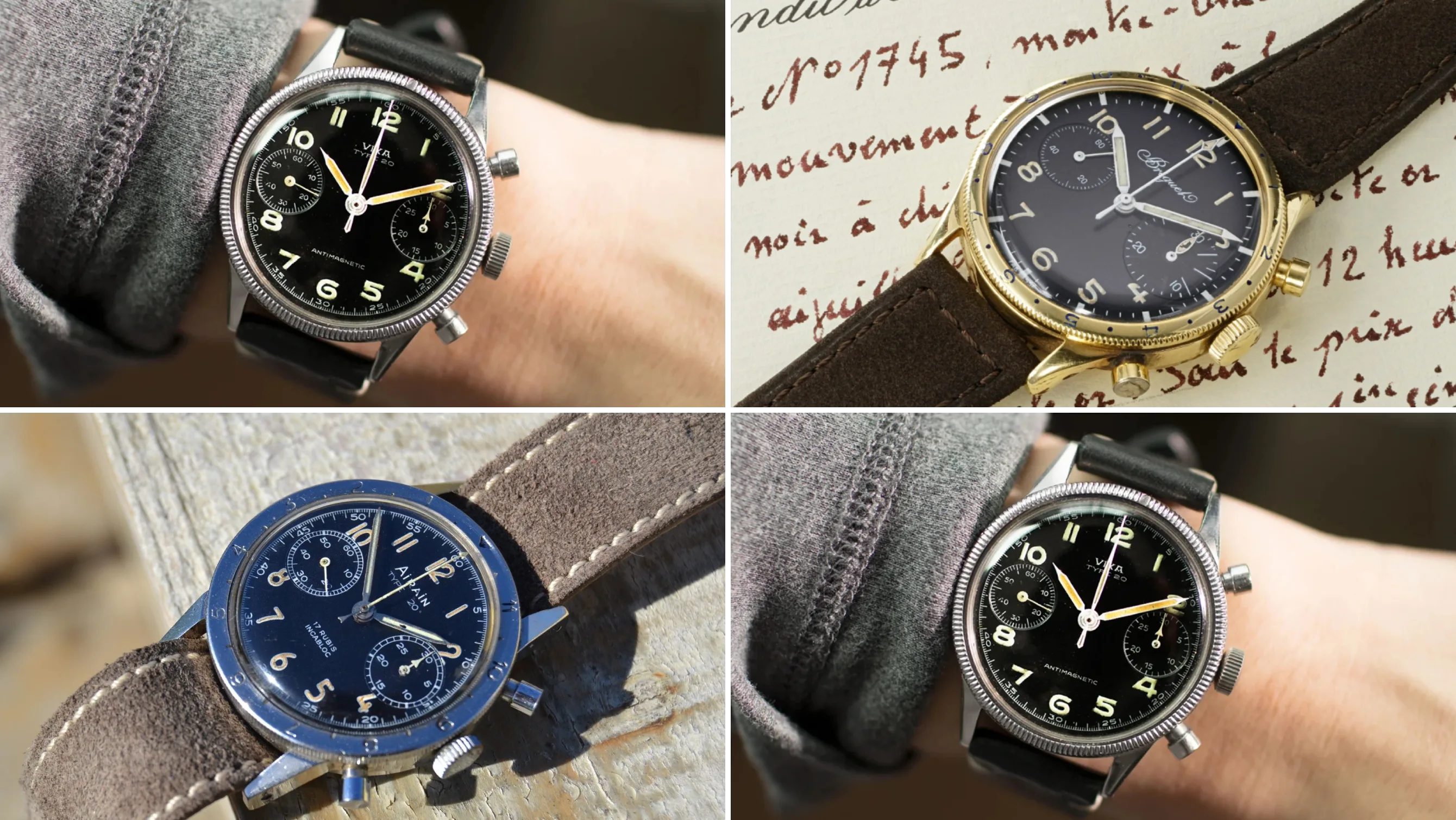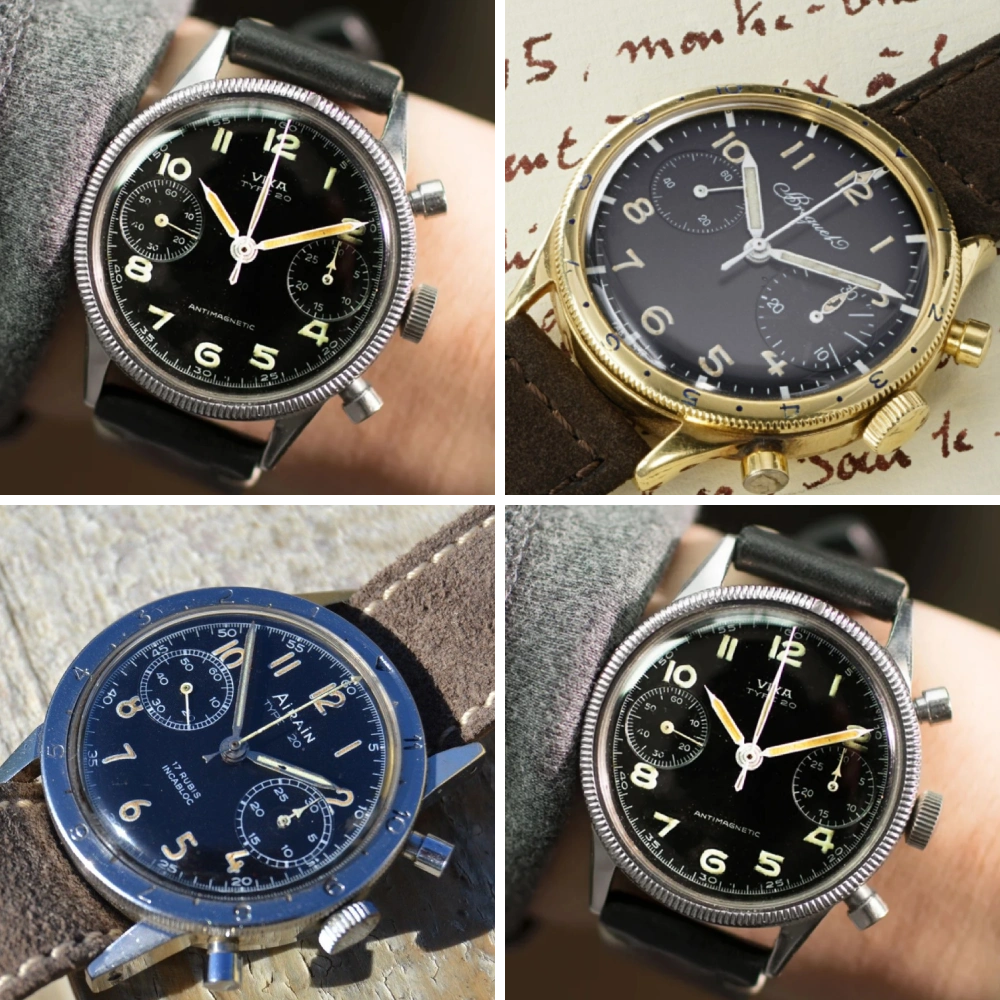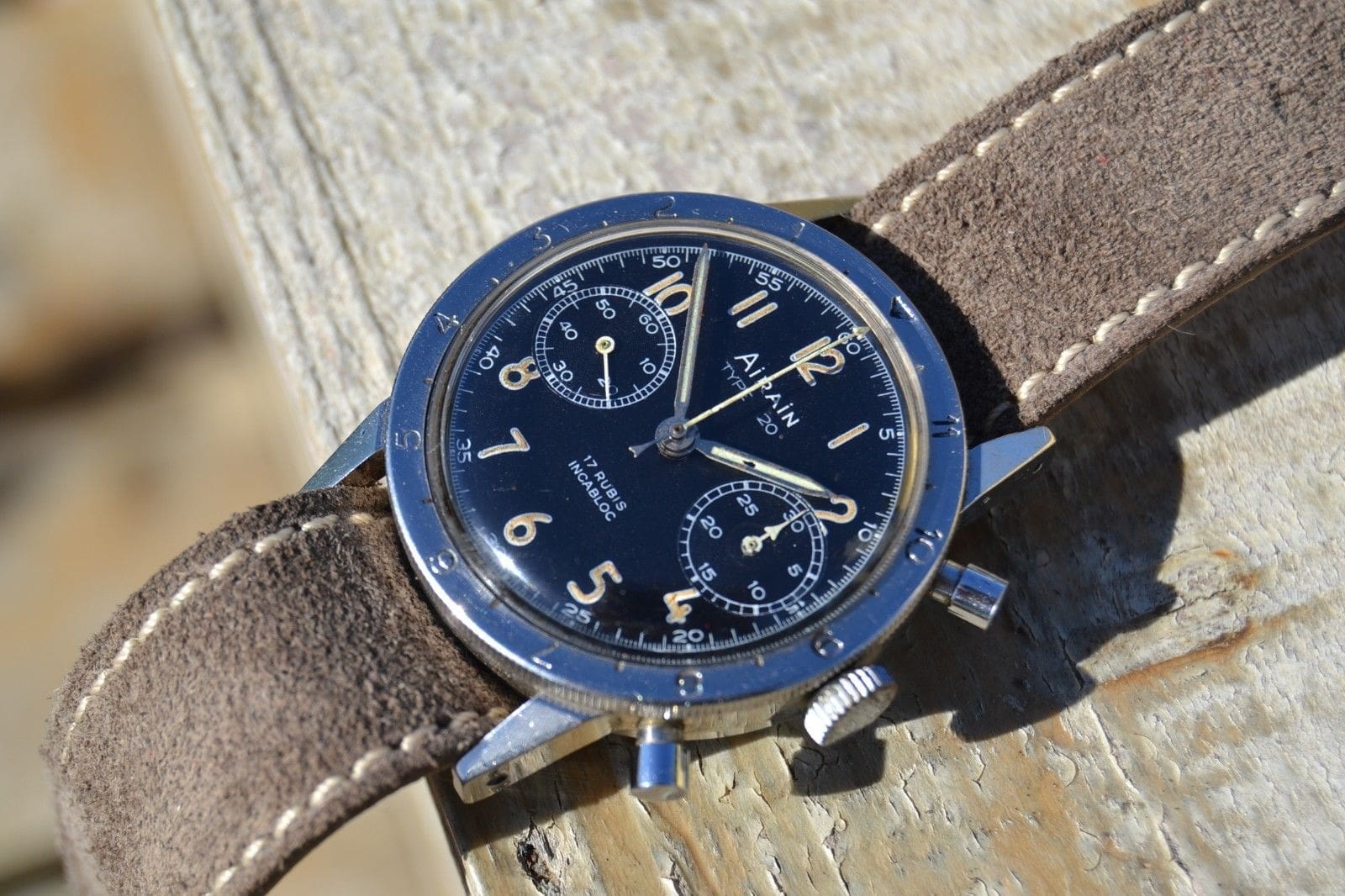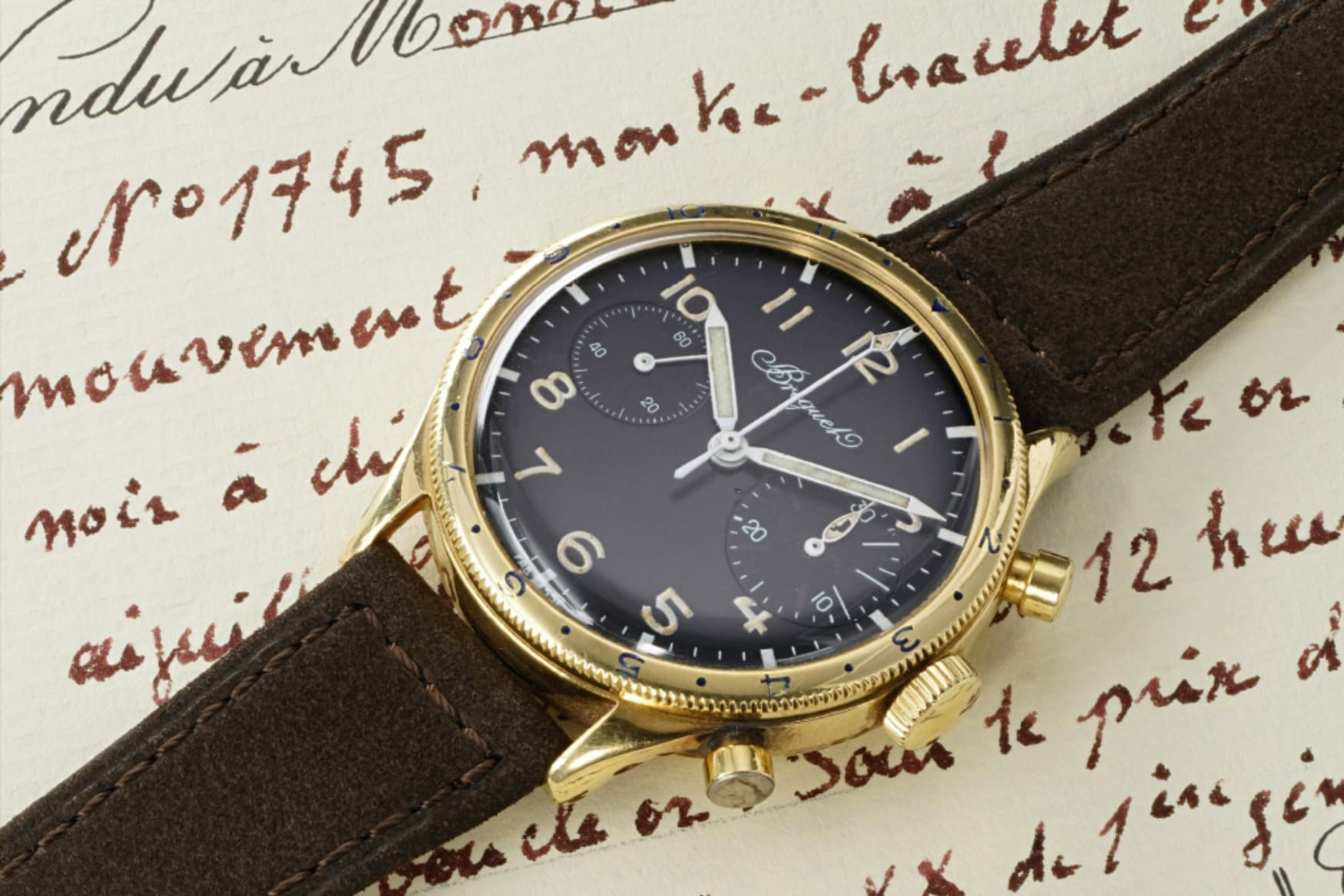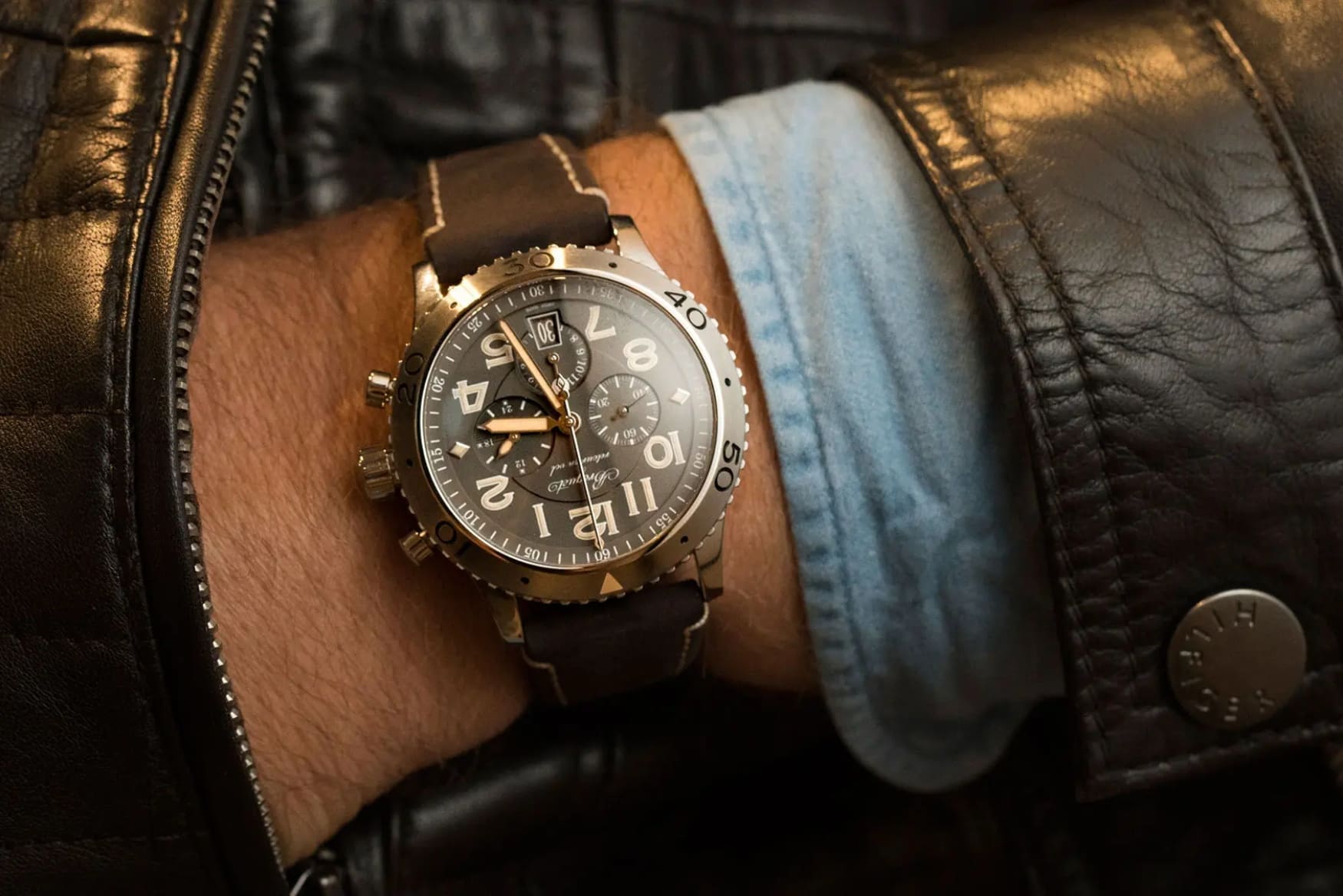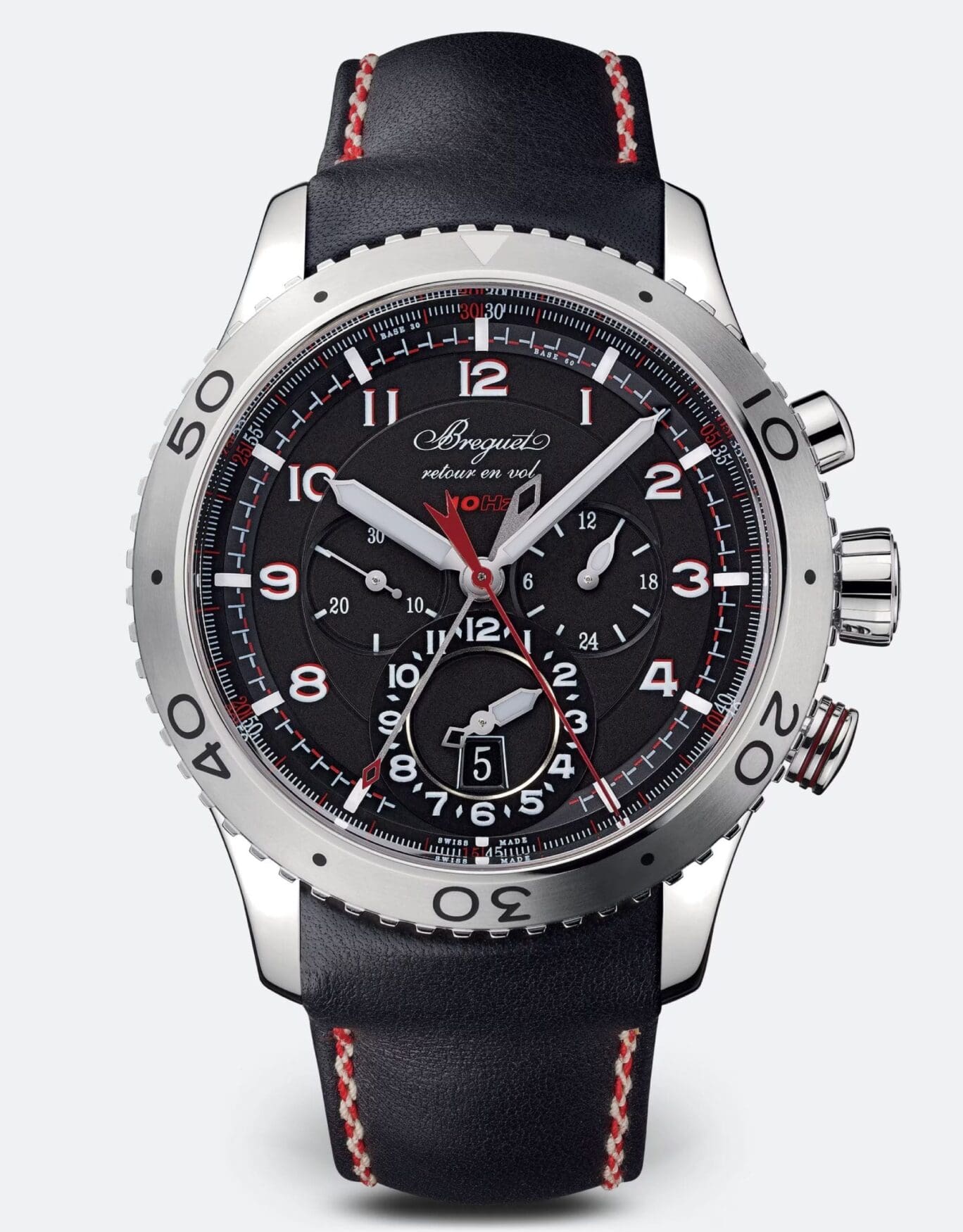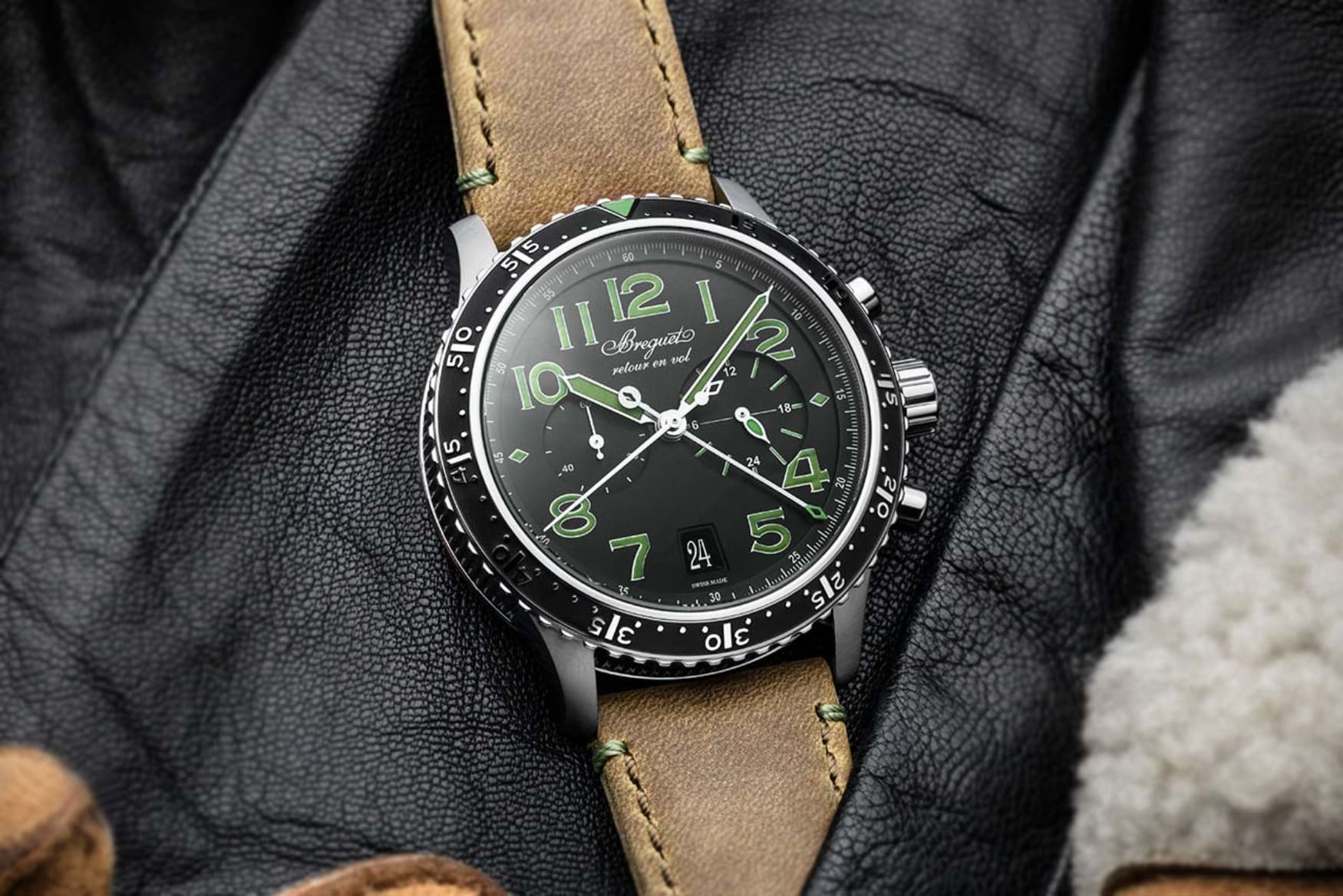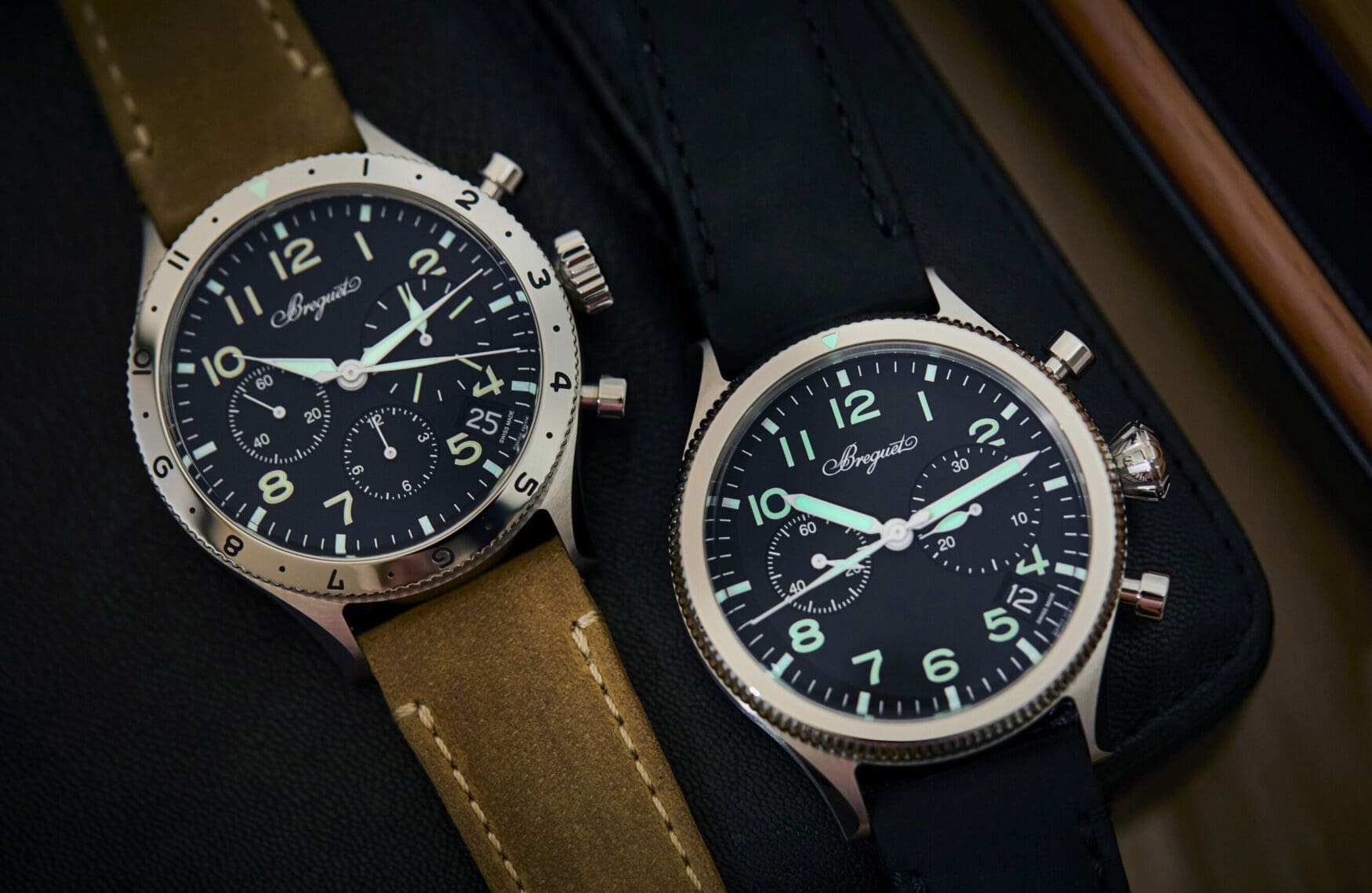How time shaped the Type 20 chronograph, and the brands that keep the legend alive
Borna BošnjakWatches and military history have an unbreakable bond. You only need to think back to the very beginnings of the wristwatch as a tool. During the Anglo-Burma War and First Boer War, soldiers began to strap pocket watch cases with primitive soldered lugs to their wrists, which opened the door for a new market. Fast-forward some 70 years, and you’ll find yourself in a new world, free from the shackles of World War II. Despite it being a time of peace, the French government found itself in need of accurate, reliable timepieces, resulting in the Type 20 chronograph that took inspiration from the designs of German pilot’s chronographs of the 1930s and 1940s, and applied it to the set of regulations outlined by the French. Today, original Type 20 pieces remain highly sought-after, spawning many re-editions and homages, with one brand in particular making the most of the design – no prizes for guessing which one.
The Type 20 raison d’être
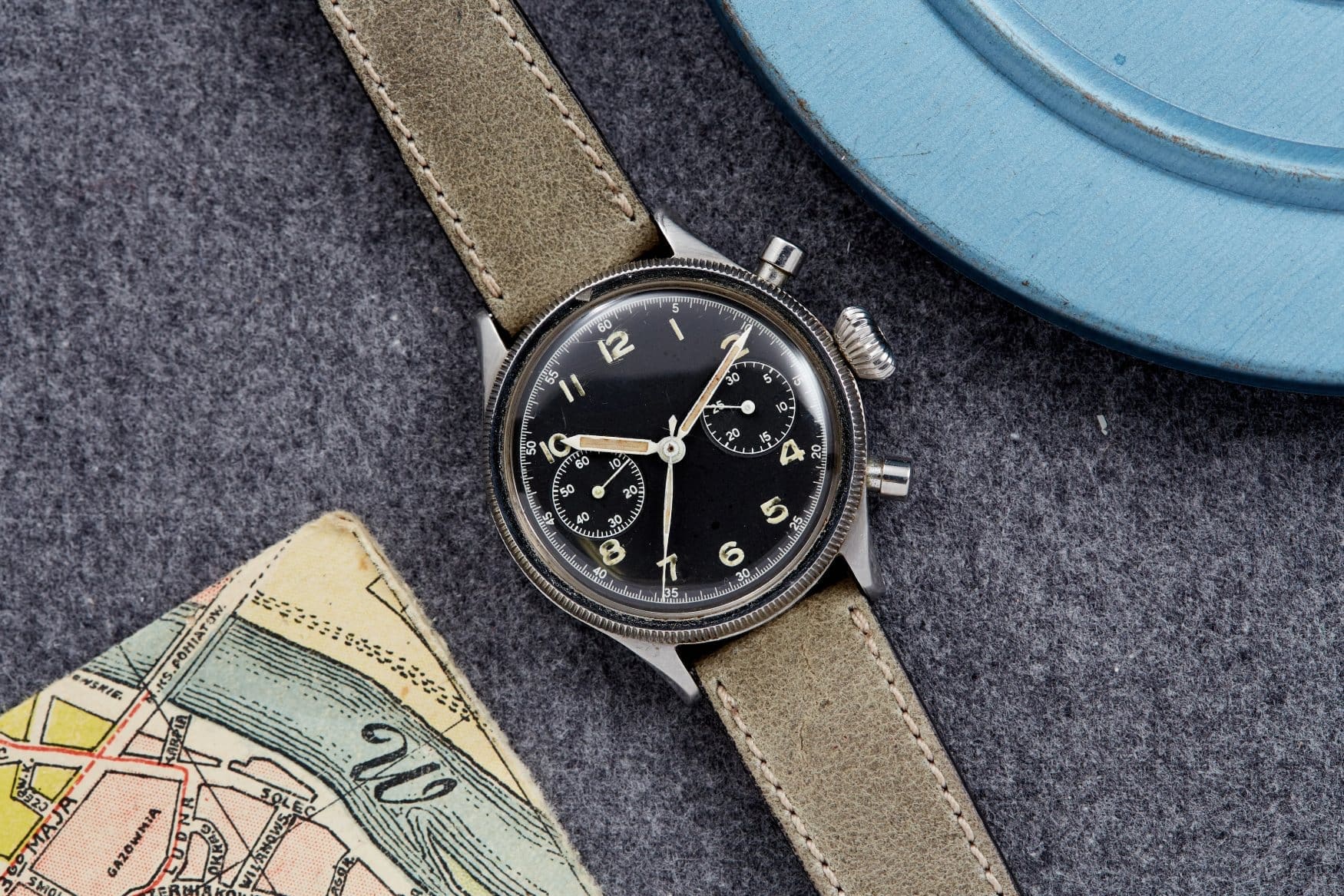
Following World War II, the French Ministry of Defence issued the Type 20 specification, referring to a particular type of military-issue pilot’s chronograph. The brief isn’t quite clear, but is often speculated to have included the following – a black dial with two sub-registers and luminous hands and numerals, a diameter around 38mm, a flyback chronograph function with a 30-minute counter, a bi-directional bezel, accuracy of within eight seconds per day, a power reserve of at least 35 hours, and a 300 minimum chronograph operations before requiring a service.
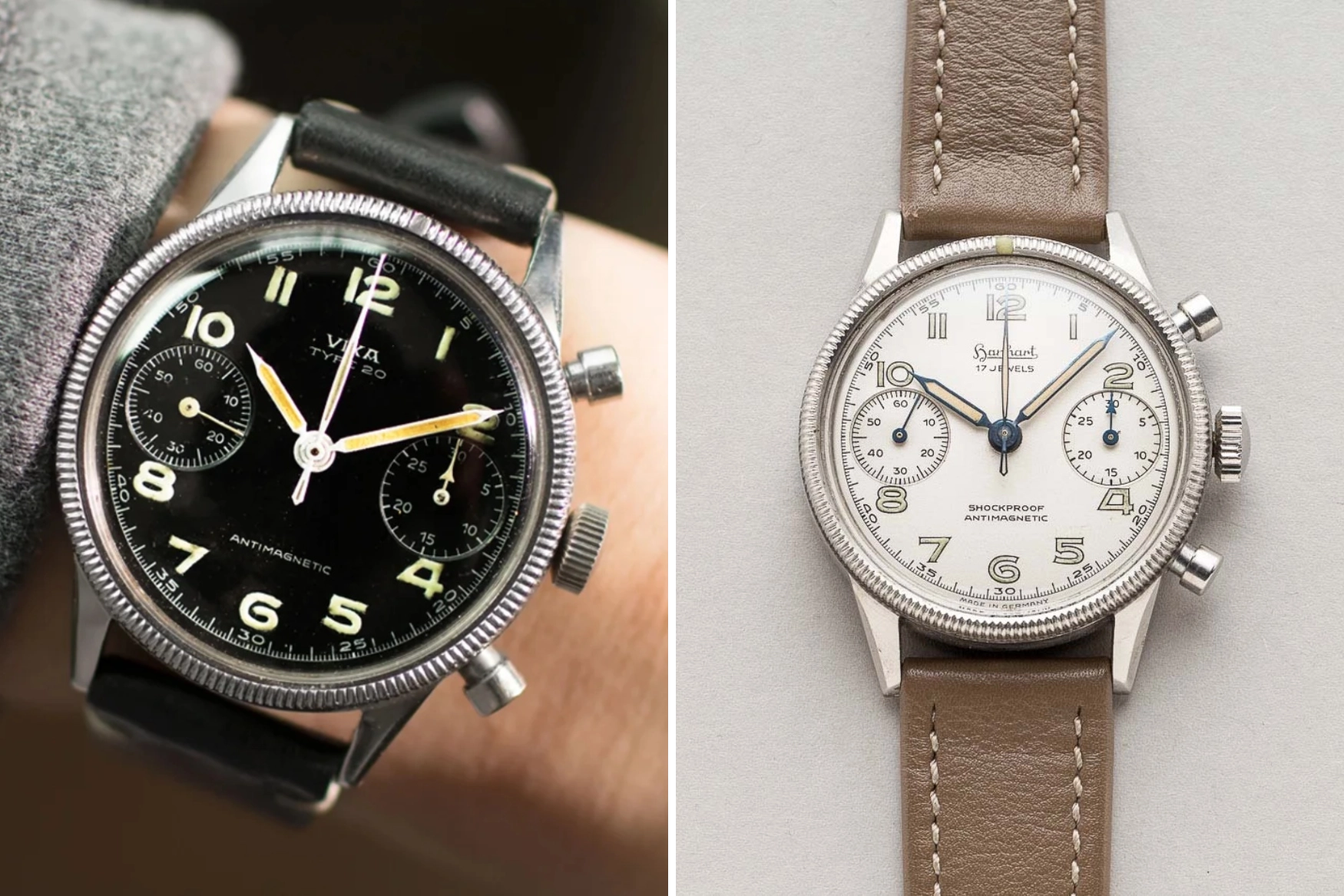
Interestingly, the Type 20 specifications closely match German military pilot’s watches produced during the 1930s and 1940s by Hanhart and Tutima-Glashütte. This is unsurprising, especially when considering the French occupation of the Black Forest in 1945, and the subsequent capture of Hanhart’s factory, with the parts going to French company Vixa, one of the watchmakers responsible for building the Type 20 specification watches. Furthermore, Hanhart produced the Admiral chronograph for French military officers and the navy in 1948 – the similarities between the two are clear.
The major breakthrough when it comes to the Type 20 was its extensive use of the flyback chronograph function, though it was not the function’s first appearance in a watch. Longines, a trailblazer in the pilot’s watch and chronograph scene, came up with a monopusher flyback chronograph nearly two decades earlier, though its single pusher operation meant you couldn’t really stop the chronograph to read and record the time.
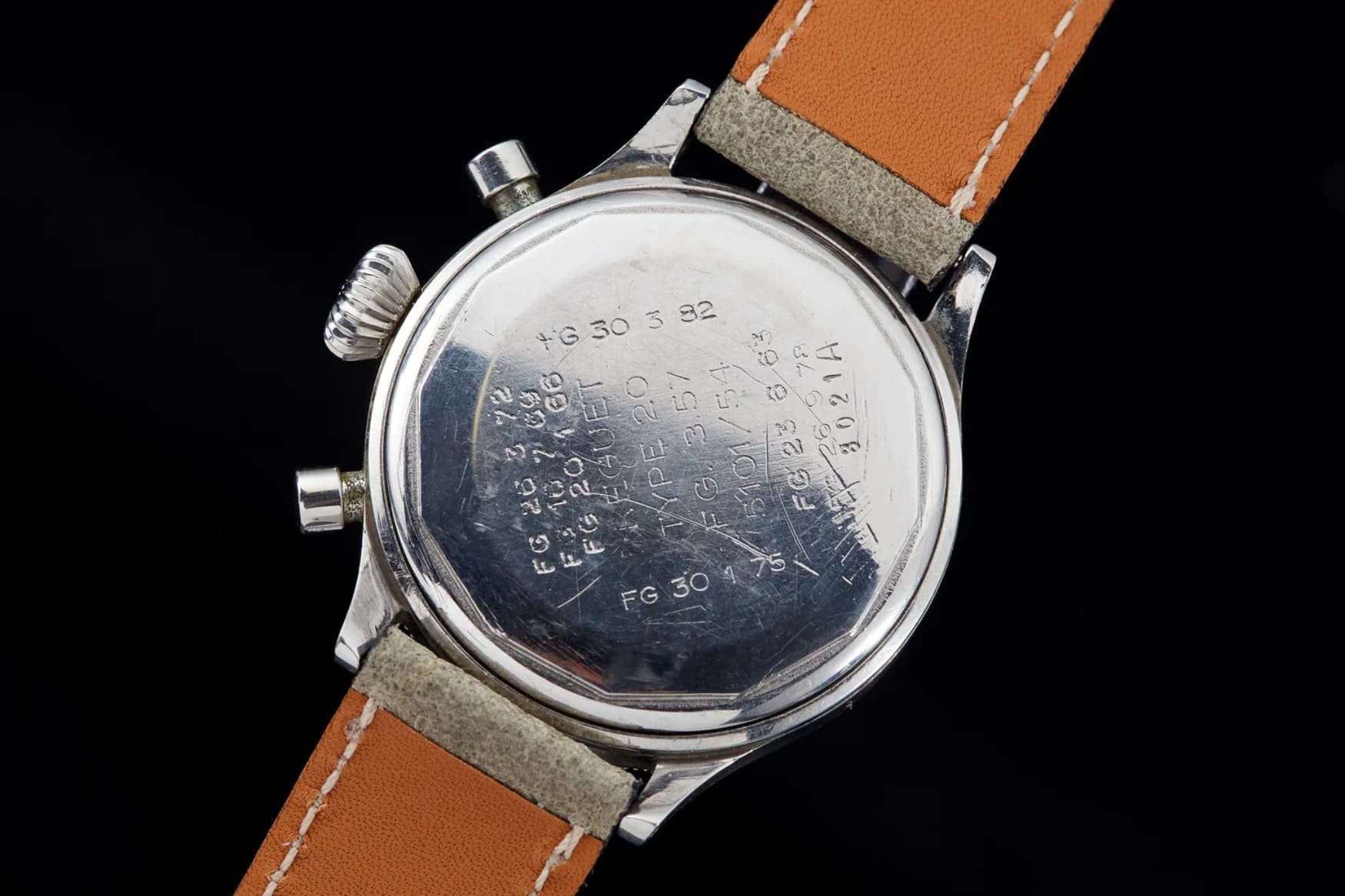
Though initially intended for military use, the Type 20 chronograph was also produced for the civilian market. A somewhat simple way to distinguish them is via their caseback markings, the military pieces would’ve received “FG” engravings for “fin de garantie”, French for “end of warranty”. Courtesy of the supposed sub-par reliability of Type 20 watches, most military-issue pieces have casebacks scattered with repair hallmarks. Having said that, should you find a pristine, non-engraved Type 20 in your grandpa’s drawer, it doesn’t necessarily mean it was a civilian-issue piece – might be time to ask about his time in the Armée de l’Air.
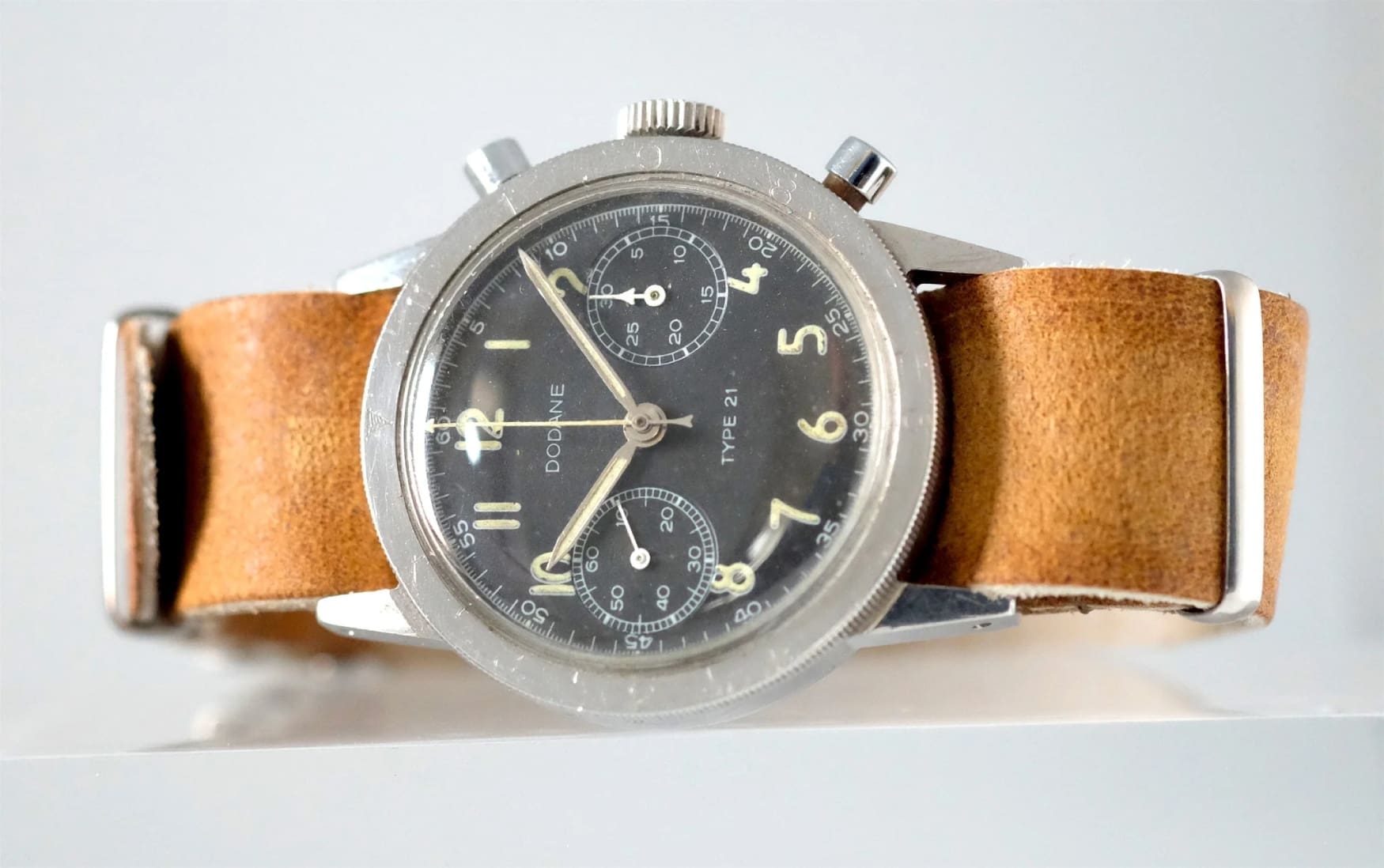
It’s also worth mentioning the existence of the Type 21 specification, which was more or less an incremental upgrade of the Type 20, offering their wearers greater reliability and accuracy. Outlined in April 1956, the Type 21 documentation noted improvements to the movement, with greater reliability and lower maintenance costs, a 12-hour countdown bezel – I implore you to check out the translated document here. Dodane would eventually become the sole supplier of Type 21 pieces, with Breguet (and some others) attempting to enter the fray with a piece currently displayed in the brand’s museum, but deemed overly expensive for the needs of the military and subsequently dubbed the second generation Type 20.
Six suppliers, some sub-contractors, and the survivors
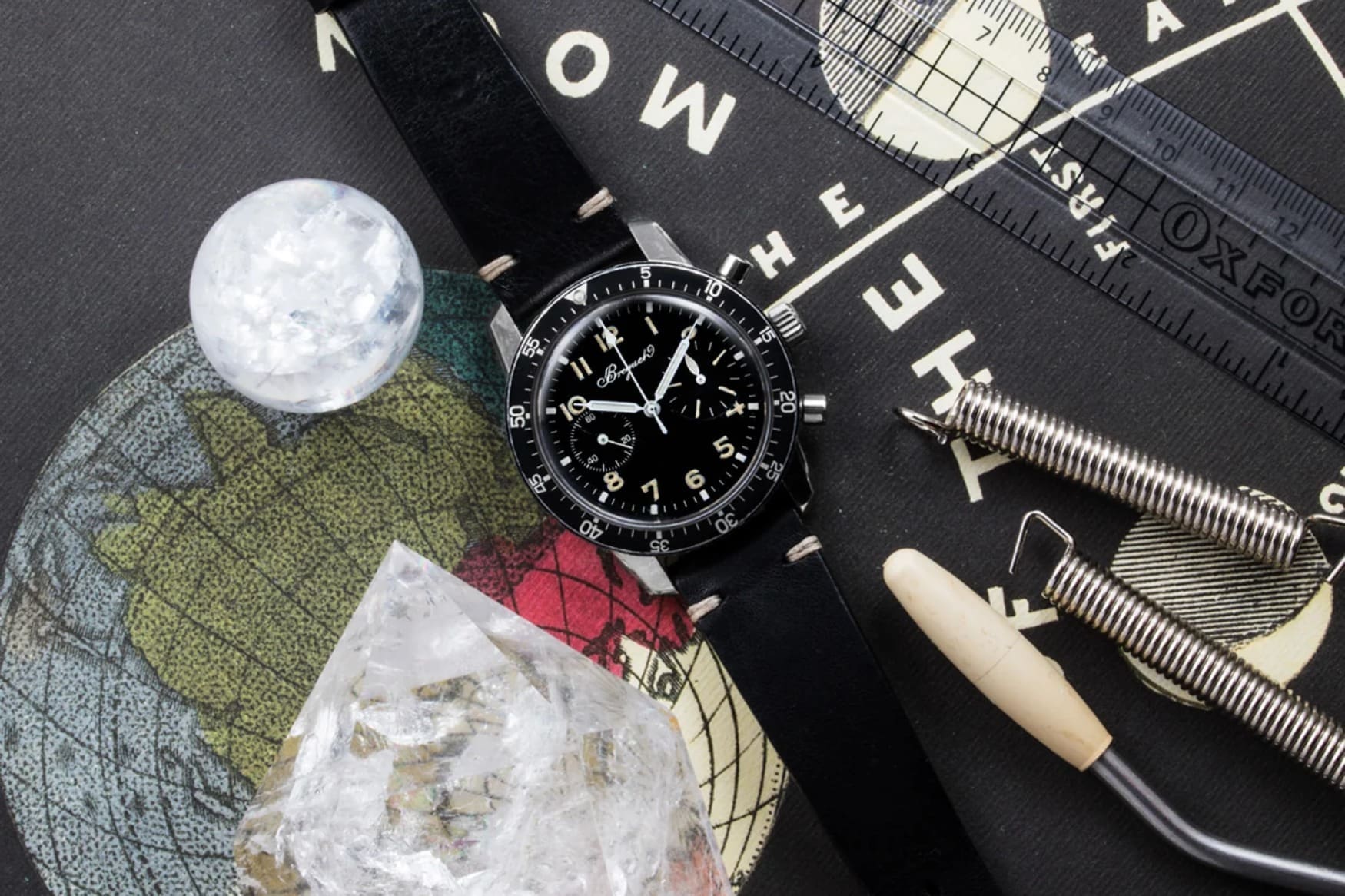
Of all the Type 20s produced under contract from the French Ministry of Defence, you could find original examples with nine different names on the dial – 10 total variations if you consider all the sterile-dialled watches. Generally, however, it is accepted that four major brands played the biggest part in the production of these watches, with various other serving as sub-contractors, those being Auricoste, Breguet, Dodane and Vixa. Though not much proof exists, there is talk of a Boullier Type 20 as well, but the existence of these, nor the brand’s existence or agreement with the French government have been confirmed.
Breguet is certainly the best-known and most sought-after, with vintage Type 20 pieces fetching upwards of six figures at auction. They were commissioned to produce 2,000 pieces under the contract with the French government, though, when it comes to their distribution, the very earliest military Breguet Type 20s all had sterile dials, reserving the Breguet-branded ones for the civilian market. Breguet, however, sub-contracted the production of their Type 20s as well, namely to Mathey-Tissot.
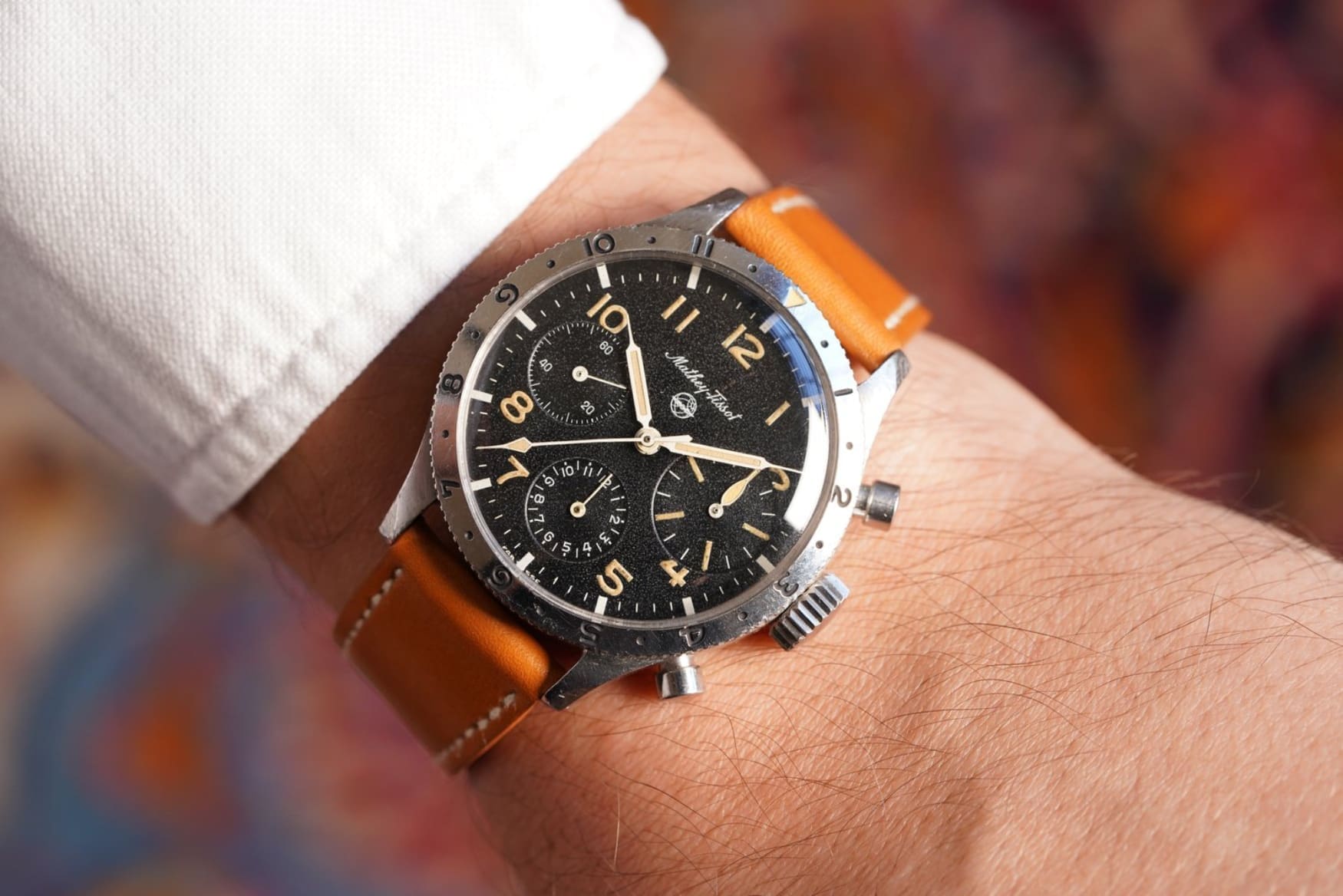
Powered by a Valjoux manually wound movement, both Breguet and Mathey-Tissot also produced special variants of the Type 20, the most notable of which is the Big Eye made for the Aéronavale and CEV. Sporting a large 15-minute chronograph counter in place of the standard 30-minute register, this version of the Type 20 is unique to Breguet and Mathey-Tissot.
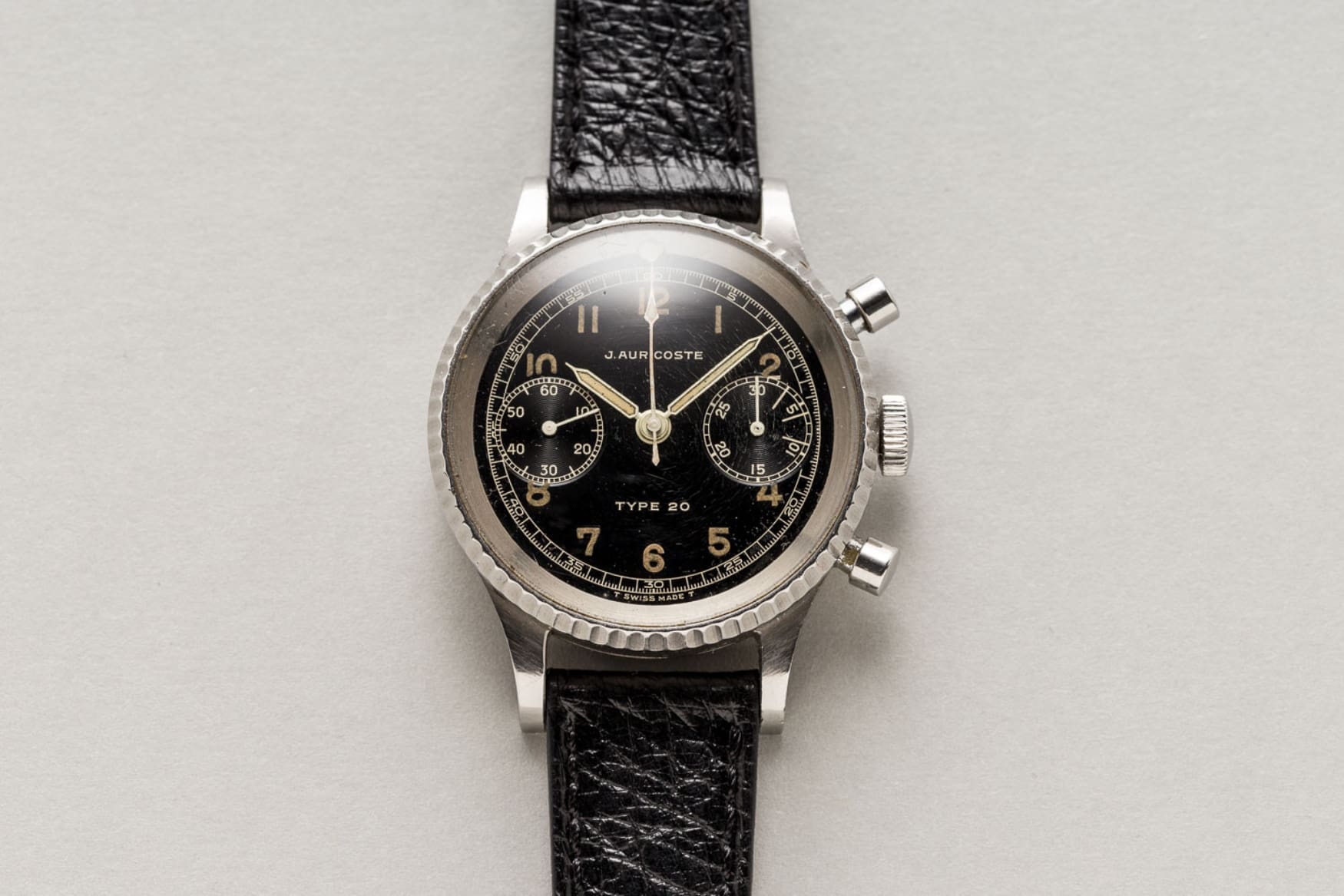
Auricoste, a long-time manufacturer of marine chronometers, was responsible for 2,000 units of the Type 20 chronograph powered by Lemania movements, with the J. Auricoste branding present on all watches, unlike in the Breguet case. Cased in steel, chrome-plated copper or aluminium, Auricoste Type 20s weren’t made exclusively for the French either, as they were also used by Argentine and Moroccan pilots training in France, worn by the former during the Falklands War in the 1980s.
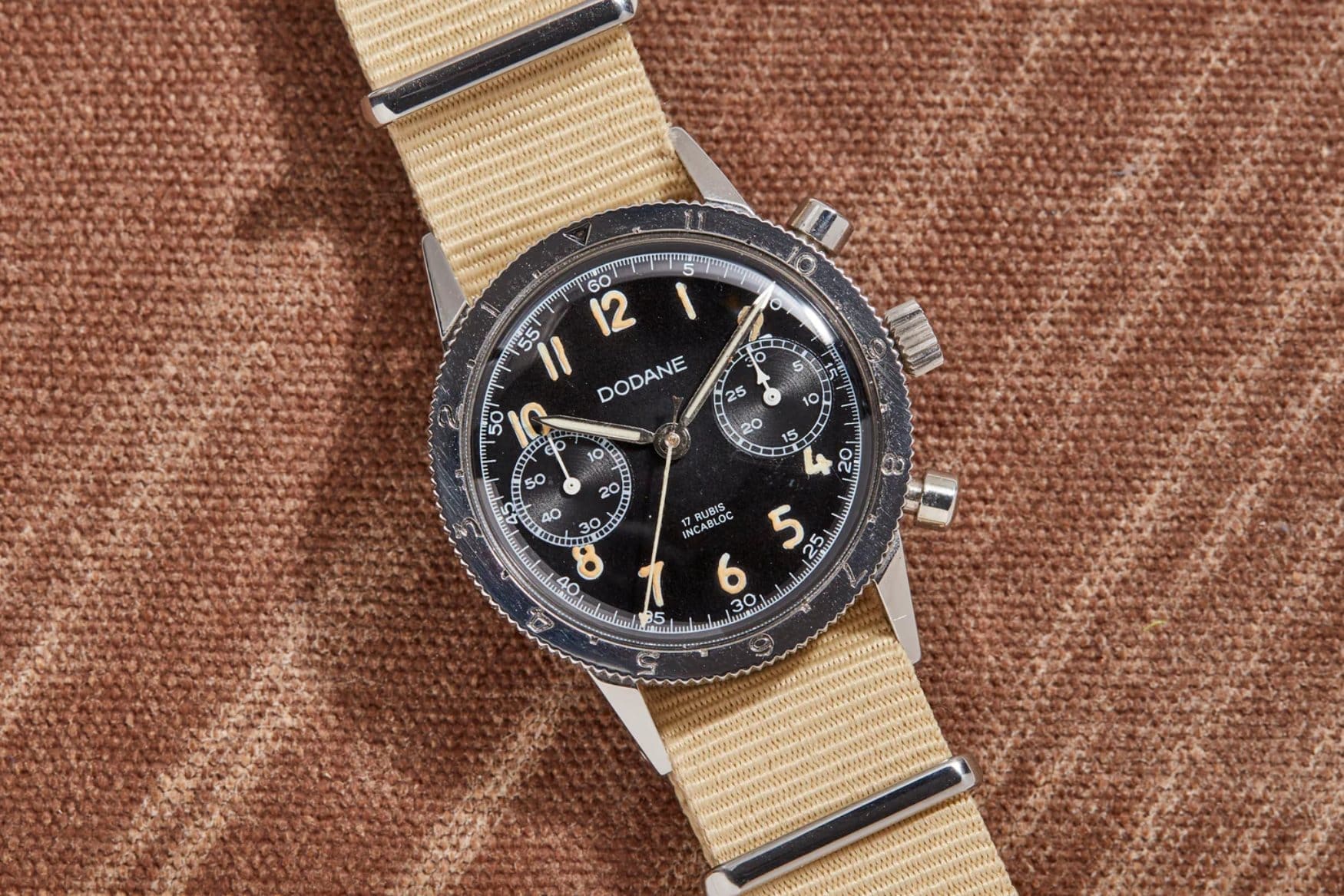
Dodane produced the most pieces, including both Type 20 and Type 21 models, but also branding their watches as Airain, Seliva, Chronofixe and variations on those themes, all powered by the Valjoux 222 movement.
As mentioned before, the brand also became the sole supplier of Type 21 pieces, though the movement was at times unchanged between the Type 20 and 21 models.
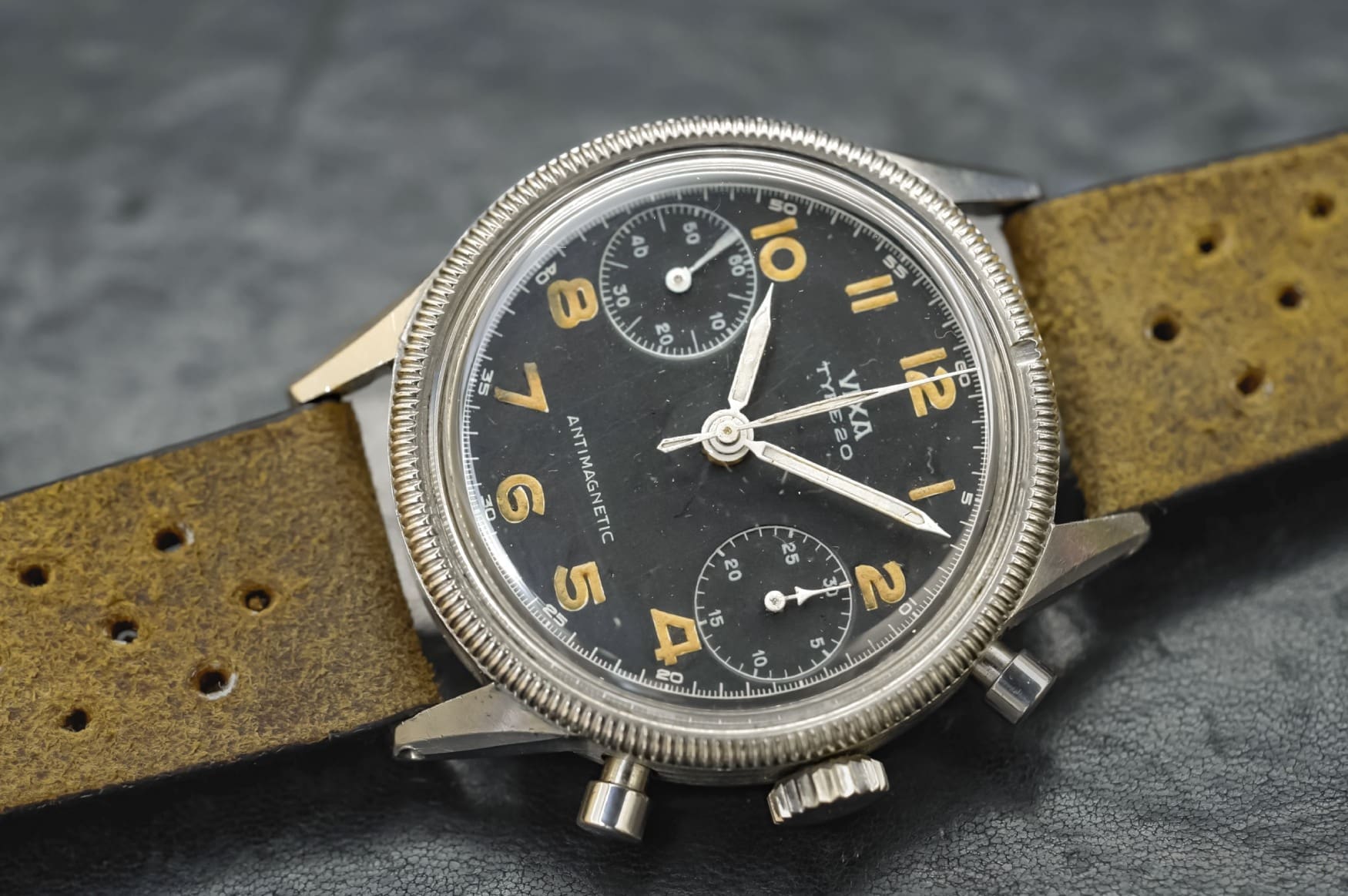
Vixa’s contribution to military-issue Type 20s numbers around 5,000 pieces, with parts likely provided by German makers from French-occupied territories. Unlike the other pieces on this list that relied on Valjoux or Lemania power, the Vixa used a relative of Hanhart’s calibre 42 found in the legendary 417ES chronograph, stamped Germany near the balance wheel, which was itself based on a Landeron 3 movement from the 1930s.
Though most makers of original Type 20 watches went under during the quartz crisis, many have changed hands and been revived to varying levels of success – see the current state of Vixa and Chronofixe, for example. Airain, Auricoste, Dodane and, naturally, Breguet, all make modern interpretations of Type 20 watches, with Breguet the clear stand-out with regards to continuity.
Breguet is king
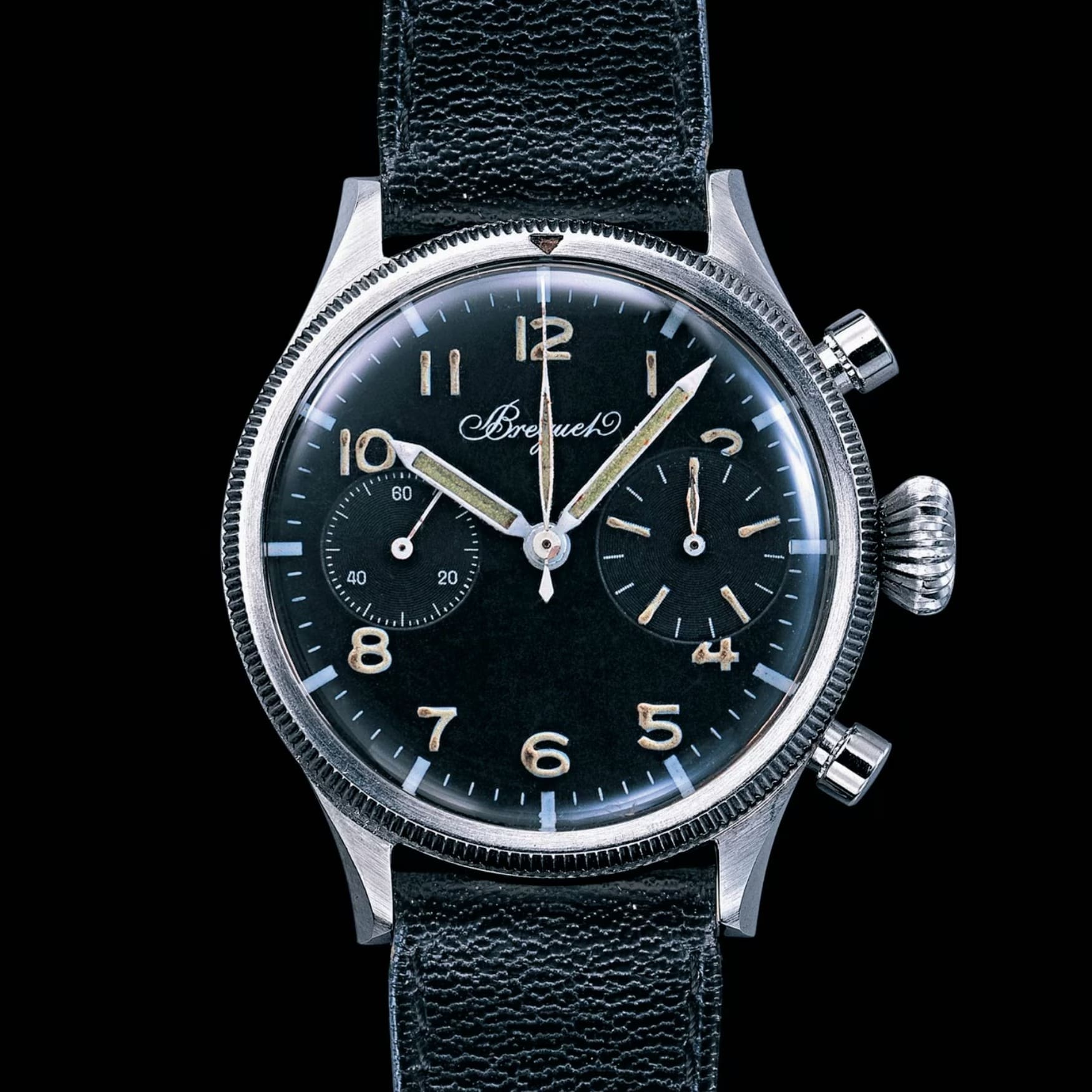
Breguet’s foray into military-contracted watchmaking may seem a little strange, considering Breguet’s long and storied past of making very fine, complicated pieces. Headquartered in France until 1976, today’s haute horlogerie maker was previously involved with military production, namely being appointed watchmakers to the French Royal Navy in 1815, producing marine chronometers used for navigation. The Type 20 saw many variations throughout its production run, with the pencil handset and feuille seconds hand along with a large onion crown the signature features of early models.
Civilian pieces sported Breguet-branded dials, but were also available with three registers and various case materials, notably three extremely rare solid gold pieces – one being held by the Breguet museum. The example above sold at Phillips in 2018 for CHF 200,000, accompanied by several rare Type 20 Breguet pieces in the same auction.
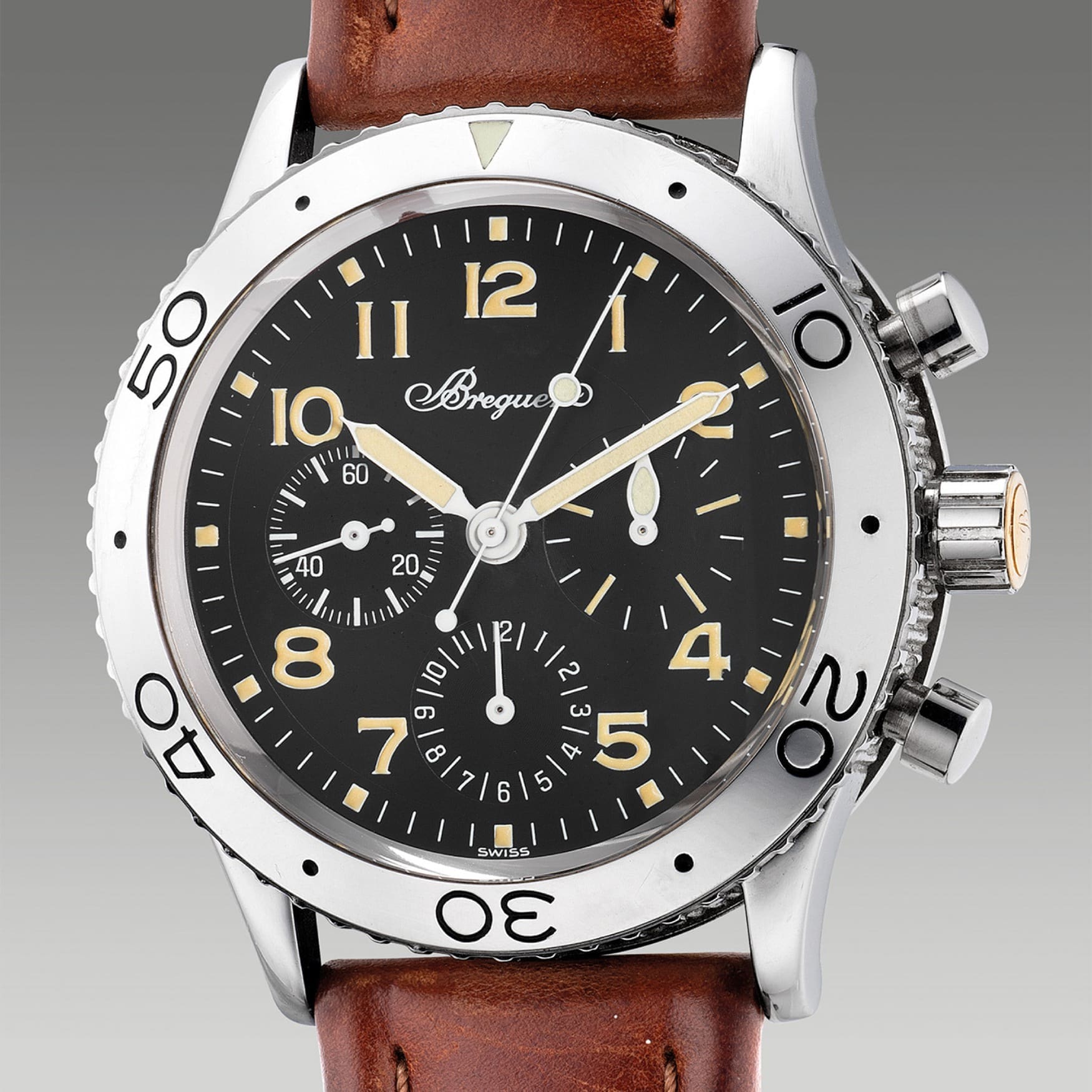
Production paused at the dawn of the quartz crisis, ending with the aforementioned second generation Type 20. The model was revived in 1995, in a 39mm steel case with a modified Lemania movement and bearing a new name – Type XX. Breguet used this nomenclature to differentiate between civilian and military-issue pieces during the run of original watches, differentiating between the two in their historical books. Many variations followed, including solid gold pieces on bracelets, and the watch pictured above – a platinum Type XX limited to 100 pieces, the ultimate stealth wealth flex.
The Type XX wasn’t alone, joined by the Type XXI in 1999, cased in 42mm of titanium, and with a suite of new functions rather than just a flyback chronograph. The watch features three sub-registers, with a 24-hour indicator and stacked central chronograph hands for both minutes and seconds. This watch signalled the arrival of the Swatch Group and their intent on sportifying (if that’s even a word) Breguet’s catalogue. Just like the Type XX, the Type XXI spawned many variations, including a stunning platinum/salmon combination.
The Breguet Type series hasn’t reached its final form, however, culminating in 2010 with the release of the Type XXII. This high-beat chronograph operated at 10Hz, powered by an in-house calibre with a silicon escapement, also integrating a second time zone display.
More recently, Breguet offered four different Type XXI/XXII variants, though none of the references lift their design directly from the 1950s models. In fact, the only two-register chronograph in the line-up is the ref. 3815, sporting some funky green lume on the hands and numerals, cased in a 42mm titanium case.
Breguet’s most recent additions to the collection are a direct call-back to vintage models, more specifically the civilian Type XX and the military-issued Type 20. You can read all about these pieces, along with their new flyback chronograph calibres in Zach’s write-up.
Despite the fact that any practical use of a Type 20, or any mechanical watch, has long been surpassed by improving technology, it’s the stories and unique takes on a formula that keep the interest in these pieces going. Even though some of the revived brands that offer faithful takes on the original Type 20 design are no longer in the hands of the original owners, brands such as Breguet continue the tradition and keep writing the story.




